Marketing is like dating. If you meet someone for the first time and ask them to marry you, they’ll probably say no.
But, if you ask someone on a date, then another date, get to know them, create a friendship, build trust and establish loyalty, then ask them to marry you…they’re more likely to say yes.
It’s the same thing with online marketing. It’s rare for a first-time visitor to land on your site and complete a sale.
Does this happen sometimes in the B2C space? Sure. It’s not unheard of. But, it’s also not that common.
And, if you’re a B2B company selling a high-ticket item, it hardly ever happens.
Just like in dating, the visitor needs to develop a relationship with your website, build trust and then complete a sale.
Whether you’re B2B or B2C, brands with the greatest amount of trust have the greatest amount of sales.
If you can encourage repeat visitors to your website, you’ll be able to gain more trust and sales.
But, how do you encourage repeat visitors?
That’s what we set out to find in a study that analyzed thousands of keywords. Our goal was to determine what kinds of content and queries were most likely to get people to come back to a site.
The data we used
There is a datapoint that measures the number of return queries. It’s called “Return Rate.” Ahrefs is the only data provider that measures it. You can see it on the Ahrefs Keyword Explorer.
Since we used return rate for a lot of our data-crunching, it’s helpful to understand what it means.
So what is “return rate?” Basically, it tells you how often people type in the same query during a month’s time.
A return rate of 1 is the baseline. That means that the average user searched for something one time, with no return searches. If it’s a 2, then typical users typed in the same search query 2 times in a month. If the return rate is 3, they typed that query 3 times in a month.
Ahrefs measures this data using clickstream analysis, which aggregates users’ interactions with Google searches. Ahrefs can only measure a small segment of the querying population, though. Thus, as with any data set, there’s some margin of error, especially if it’s a really low volume search query. Our data focused on high volume queries.
(Ahrefs themselves says return rate measurements can get “super confusing,” so don’t get too hung up on this if it doesn’t make 100% sense.)
But, that’s the number we used for our analysis — the return rate.
How we crunched the data
Remember, we’re trying to answer the question, what kind of content gets user to come back repeatedly?
To get at the answer, we had to discover the return rates based on type of queries and category of queries.
Obviously, we needed a whole bunch of keywords and a whole bunch of buckets to put them in. If we could understand keyword category, we would have a better sense of the kind of content that compels people to search for something again and thus visit a website again!
We assembled our raw data using 114,871 keywords. Then, we placed each keyword in one of DMOZ’s 16 primary categories.
For example, the first main category is “Arts.” Keywords such as “art history,” “architecture” and “aesthetic” went into this category.
What types of queries have the highest return rate?
One phase of our investigation had to do with query type. There are three main query types:
- Navigational
- Transactional
- Informational
What type of query are people repeating most often?
The answer: Navigational. Users are far more likely to repeat navigational queries than any other type.
Since there are far fewer navigational queries than informational/transactional queries, the pool of possible queries to have any return rate is smaller.
People are more likely to repeat a navigational query than they are any other type of query. For example, more people are likely to repeat a search for “Facebook” (navigational) than “how to tie a tie” (informational).
Take a look at the top 13 keywords according to search volume. All but two are navigational.
Navigational queries have a clear user intent. The user wants to get to a website — BestBuy.com or HomeDepot.com.
In order to furnish the user with an optimal search experience, Google loads navigational query SERPs with plenty of interactive and informative data. For example, if I query “best buy” (while logged into Google), this is what I see:
Here’s a sample of the SERP features:
- Sitelinks
- Site search
- Local one pack
- Maps
- Click to call
- News carousel
- Twitter stream
- Plus, Google even knows my Best Buy membership number!
There’s an important point we often overlook regarding navigational queries. Navigational queries are brand names. The high volume of navigational query return rates isn’t about navigation as much as it is about brand awareness and importance.
Just think of it this way. If you love a website, you are much more likely to pay attention to the URL of that site and the name, so that you can come back again.
What categories of queries have the highest return rate?
To answer the question, what kind of content gets user to come back repeatedly, we charted query category according to return rate. The chart below represents how often users return to search a keyword according to the category of keyword.
The likelihood of someone typing in a repeat query in the arts category for example, is only about half of the likelihood of a user typing in a repeat query in the games category.
Three things were obvious based on this data.
- The return rate for news queries is relatively high.
- The return rate for sex queries is relatively high.
- The return rate for “reference” (educational based content such as blog posts) is also relatively high.
People are typing in the same query — several times a month as it turns out — for news, sex and informational content.
News is the big winner. What kind of news? Take a look.
If you Google “cavs news” you see this in the SERP — news links, an NBA.com organic result and the Twitter Firehose.
(“Cavs” are a United States basketball sports team, the Cleveland Cavaliers)
Clearly, news is a big winner, when it comes to repeat queries.
What we learned from the data
- The categories of queries having the highest return rate are news, sex and reference.
- The type of query with the highest return rate is navigational queries. People use the search bar as a navigational aid to find a specific website.
- If you want to get more returning visitors, you may not be able to write news related content and you definitely don’t want to write anything “sex” related, but reference-based content such as blog posts, guides and other educational content will help.
Just look at the screenshot above from my Google Analytics account. As you can see, 40% of the visitors to neilpatel.com are repeat visitors because the site contains reference content (blog posts and guides).
By having a loyal audience and increasing my repeat visitor count, I’m able to generate over $1 from each unique visitor that hits my website. That’s not too shabby, considering I have over 500,000 unique visitors a month.
What you should do based on the data
- Become a newsy content publisher. Repeat queries are huge for news sites. If you become a trusted publisher of timely news, your tribe will continue to search for and return your website.
- Branding matters. Brand signals. Brand awareness. Brand integrity. They all matter. A lot. The stronger brand presence you possess, the more likely you are to gain not just traffic, but a loyal following. If you want to build a bigger brand, consider leveraging live video, such as Facebook and YouTube, as it will help create loyalty.
- Publish deep, comprehensive and relevant content. As our category data indicates, users repeat many research/reference queries, demonstrating a desire for deep content that helps them solve problems.
How to do it
What are some practical things that you can do right now to get more repeat visitors on your website?
Content – Publish deep, comprehensive and relevant articles.
Like I mentioned above, the best way to drive repeat visitors is by giving people exactly what they crave — deep, relevant content. Google’s algorithm is engineered to deliver long, deep and comprehensive, (and we have the data to prove it).
If you can create content that is more advanced, more actionable and more informational, you win. People will read your stuff, love your stuff and come back for more.
News – Update old blog articles.
- Find a blog post older than six months that has less organic traffic than it used to.
- Add three new paragraphs of content (300+ words.). Try to update the article with relevant news or current information.
Branding – Create stronger brand signals.
- Add at least 1,000 words of content to your website’s “about” page.
- Stay active on social networks and regularly use your brand name. Twitter is the most important network for staying active, since Twitter’s Firehose feeds directly into Google SERPs. Tweet 3-5 times a day.
- Build out your presence on Google My Business with your business hours, 20+ photos, descriptions and as many positive reviews as possible.
- Publish two pieces of high-quality content (blog articles) per week.
- Guest post on authoritative sites. Backlinks to your site are good, but simple brand mentions are just as good.
Query return rate is an overlooked metric number in the SEO industry, but that doesn’t mean it’s any less important.
Searchers are depending on Google to tell them what to search for! It’s up to you to realize this and then adapt your SEO strategy accordingly, to increase your visibility, traffic, and revenue.


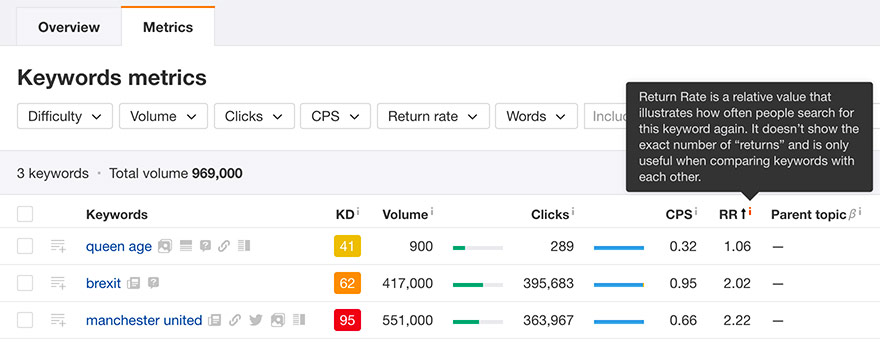

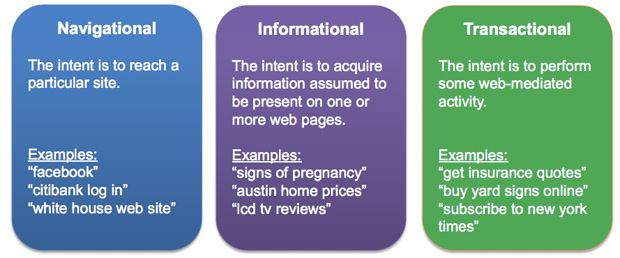

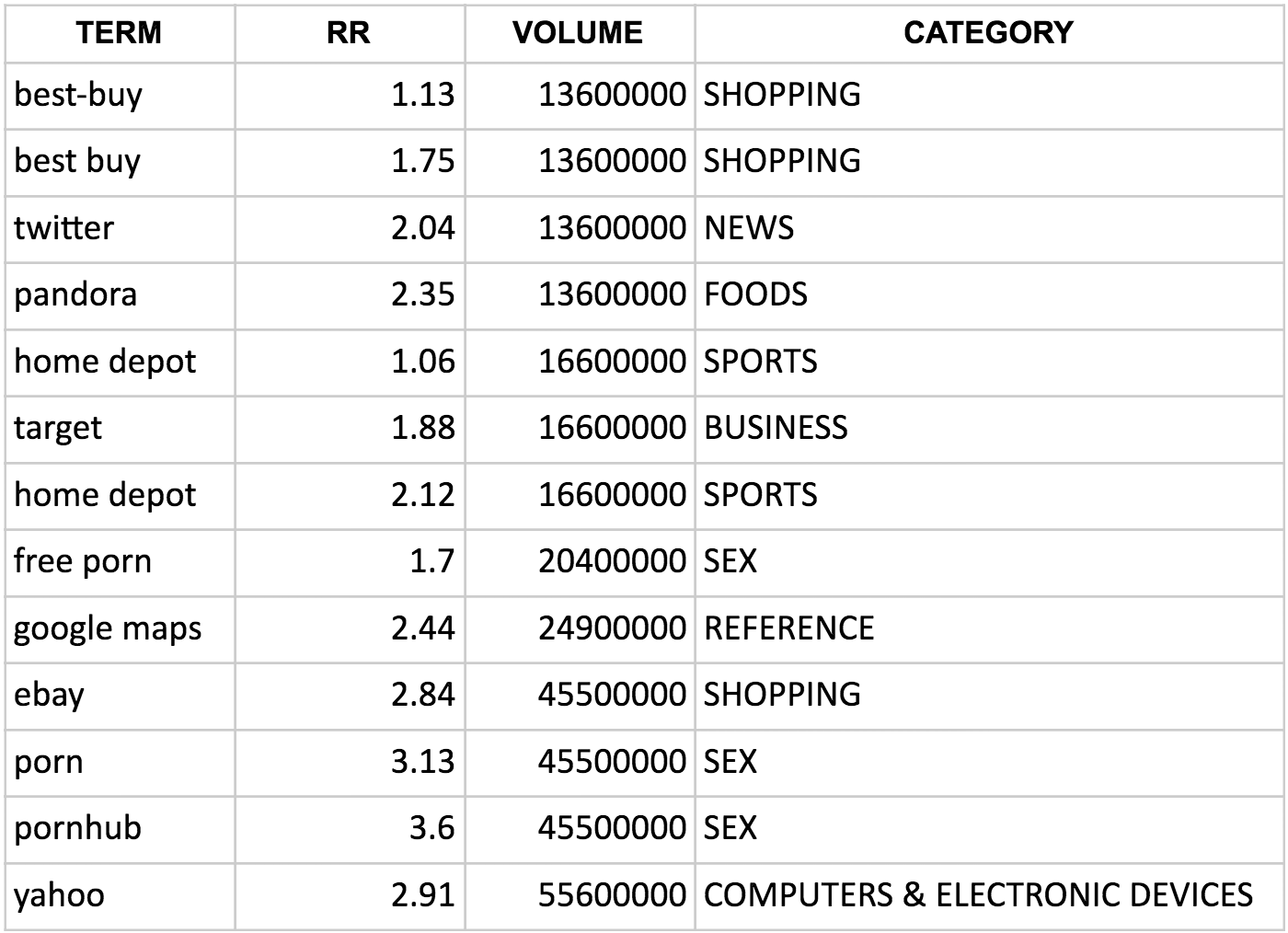

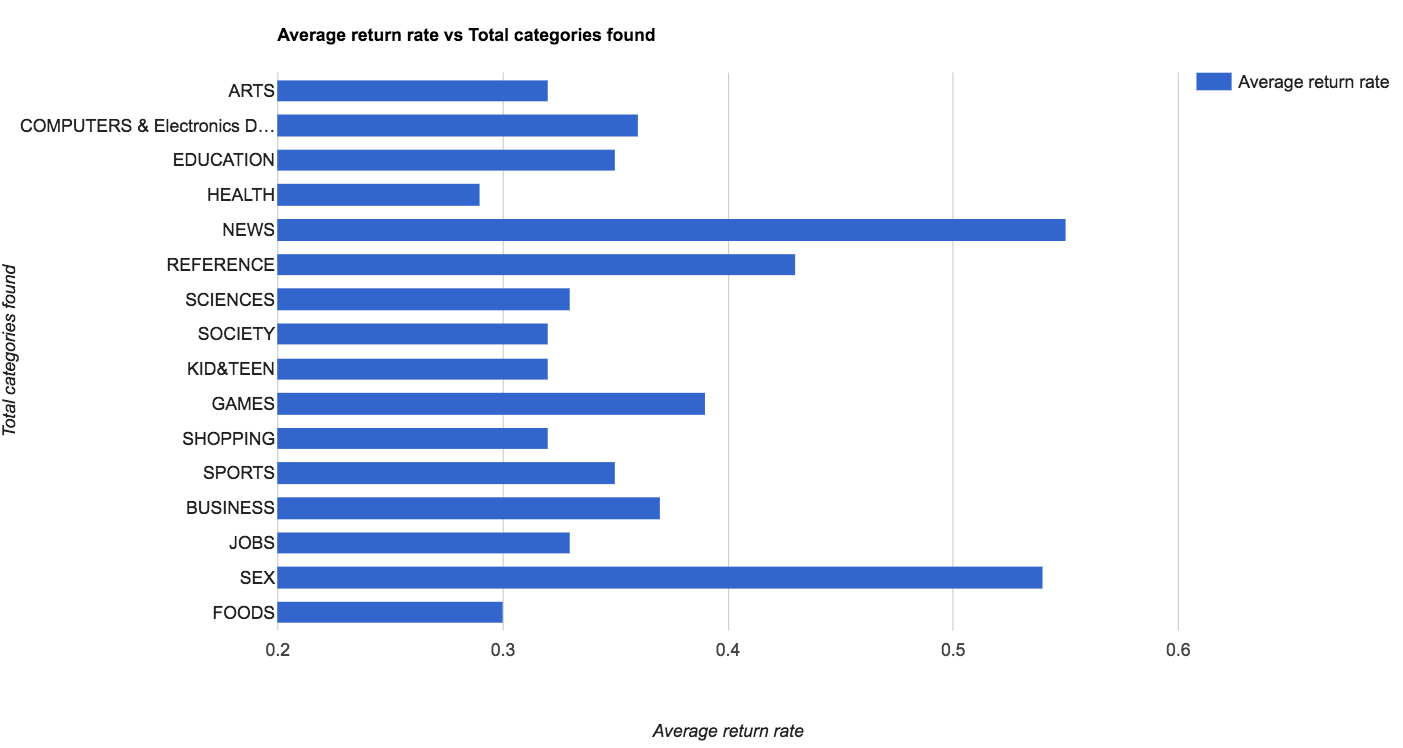
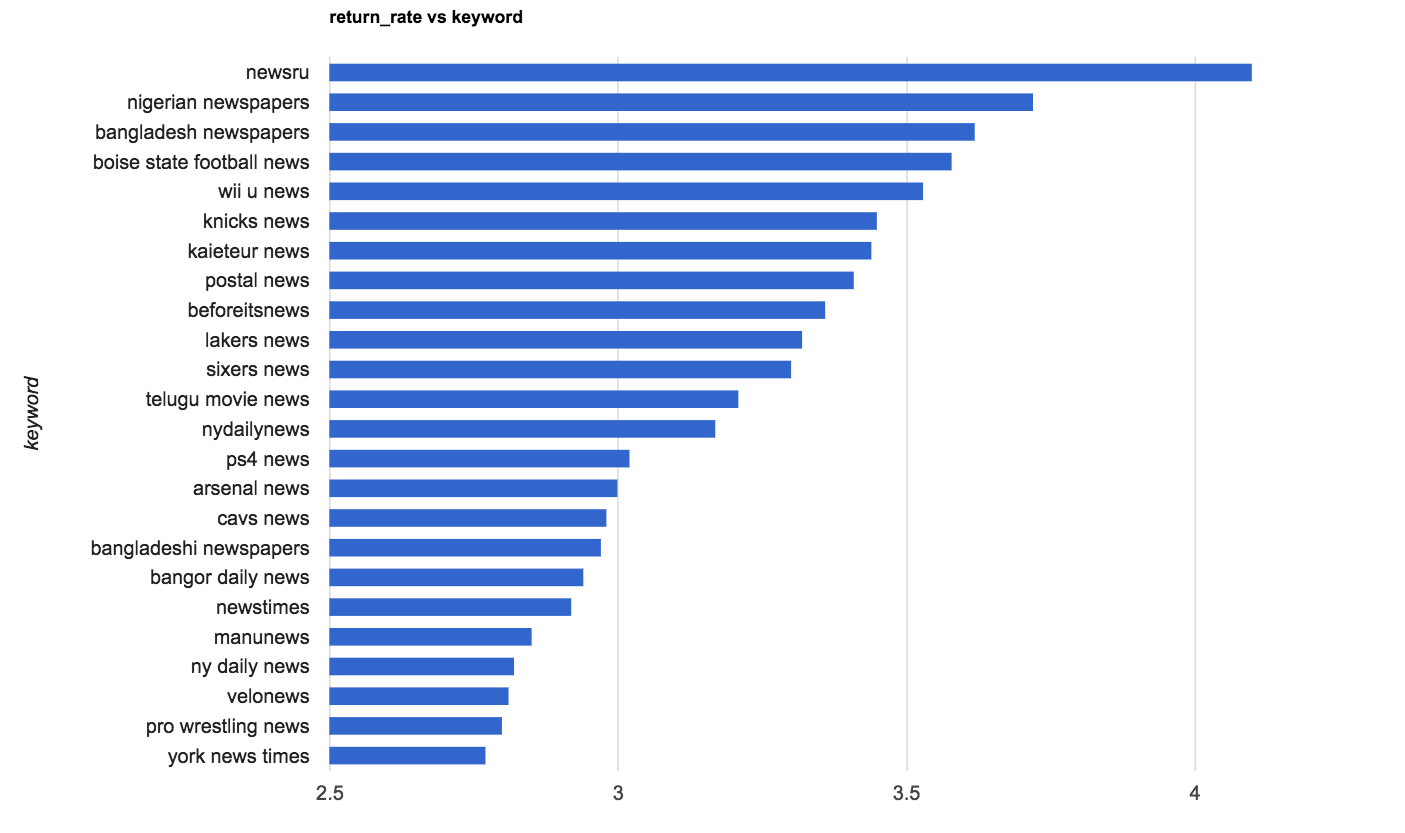
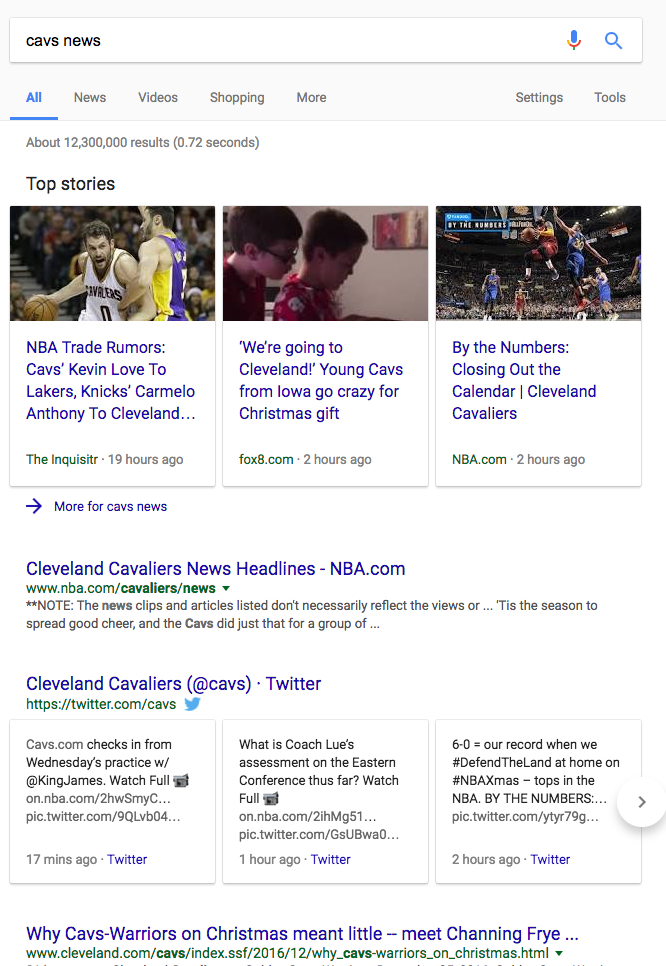

Comments (58)